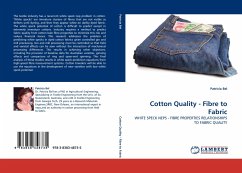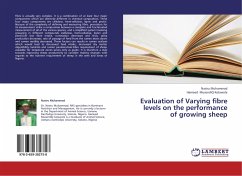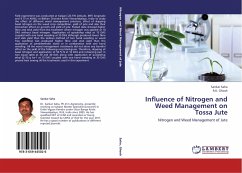The textile industry has a recurrent white speck nep problem in cotton. "White specks" are immature clusters of fibres that are not visible as defects until dyeing, and then they appear white on darkly dyed fabric. The white speck potential of cotton is difficult to predict except in extremely immature cottons. Industry requires a method to predict fabric quality from cotton bale fibre properties to minimize this risk and reduce financial losses. This research addresses the problem of predicting white specks in dyed cotton fabrics given controlled gin and mill processing. Gin and mill processing must be controlled so that field and varietal effects can be seen without the interaction of mechanical processing differences. This results in achieving other objectives, including the provision of baseline data for Australian varieties, ginning effects and comparison of ring and open-end spinning. This final analysis of these studies results in white speck prediction equations from high-speed fibre measurement systems. Cotton breeders will be able to use the equations in the development of new varieties with low white speck potential.








